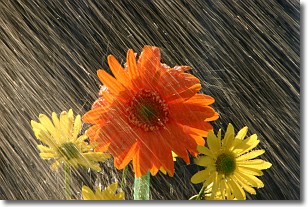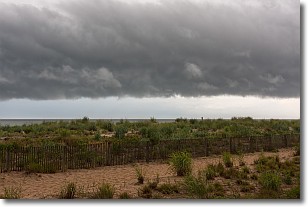Weather Alert in Texas
Flood Warning issued June 14 at 9:07AM CDT by NWS Houston/Galveston TX
AREAS AFFECTED: Brazos, TX; Grimes, TX; Madison, TX
DESCRIPTION: ...The Flood Warning is extended for the following rivers in Texas... San Bernard River near Sweeny affecting Brazoria County. San Bernard River near Boling affecting Fort Bend, Brazoria and Wharton Counties. Tres Palacios River near Midfield affecting Wharton and Matagorda Counties. ...The Flood Warning continues for the following rivers in Texas... Trinity River near Crockett affecting Madison, Houston, Trinity and Walker Counties. Trinity River at Riverside affecting Walker, San Jacinto, Polk and Trinity Counties. Trinity River near Moss Bluff affecting Chambers and Liberty Counties. Navasota River near Normangee affecting Grimes, Madison and Brazos Counties. For the Trinity River...including Crockett, Riverside, Moss Bluff, Liberty...Moderate flooding is forecast. For the Navasota River...including Normangee...Major flooding is forecast. For the Tres Palacios River...including Midfield...Moderate flooding is forecast. * WHAT...Major flooding is occurring and major flooding is forecast. * WHERE...Navasota River near Normangee. * WHEN...Until further notice. * IMPACTS...At 20.0 feet, Major lowland flooding begins with massive inundation of the floodplain as the river is close to 2 miles wide and OSR become inundated one half mile on the right bank and 1.5 miles on the left bank. * ADDITIONAL DETAILS... - At 8:00 AM CDT Saturday the stage was 21.0 feet. - Bankfull stage is 12.0 feet. - Recent Activity...The maximum river stage in the 24 hours ending at 8:00 AM CDT Saturday was 21.0 feet. - Forecast...The river is expected to rise to a crest of 21.7 feet late this afternoon. - Flood stage is 15.0 feet. - Flood History...This crest compares to a previous crest of 22.4 feet on 03/11/2016. - http://www.weather.gov/safety/flood
INSTRUCTION: Motorists should not attempt to drive around barricades or drive cars through flooded areas. Please report observed flooding to local emergency services or law enforcement and request they pass this information to the National Weather Service when you can do so safely. Turn around, don't drown when encountering flooded roads. Most flood deaths occur in vehicles. Additional information is available at www.weather.gov/hgx. The next statement will be issued by late tonight at 315 AM CDT.
Want more detail? Get the Complete 7 Day and Night Detailed Forecast!
Current U.S. National Radar--Current
The Current National Weather Radar is shown below with a UTC Time (subtract 5 hours from UTC to get Eastern Time).

National Weather Forecast--Current
The Current National Weather Forecast and National Weather Map are shown below.

National Weather Forecast for Tomorrow
Tomorrow National Weather Forecast and Tomorrow National Weather Map are show below.

North America Water Vapor (Moisture)
This map shows recent moisture content over North America. Bright and colored areas show high moisture (ie, clouds); brown indicates very little moisture present; black indicates no moisture.

Weather Topic: What is Precipitation?
Home - Education - Precipitation - Precipitation
 Next Topic: Rain
Next Topic: Rain
Precipitation can refer to many different forms of water that
may fall from clouds. Precipitation occurs after a cloud has become saturated to
the point where its water particles are more dense than the air below the cloud.
In most cases, precipitation will reach the ground, but it is not uncommon for
precipitation to evaporate before it reaches the earth's surface.
When precipitation evaporates before it contacts the ground it is called Virga.
Graupel, hail, sleet, rain, drizzle, and snow are forms of precipitation, but fog
and mist are not considered precipitation because the water vapor which
constitutes them isn't dense enough to fall to the ground.
Next Topic: Rain
Weather Topic: What are Shelf Clouds?
Home - Education - Cloud Types - Shelf Clouds
 Next Topic: Sleet
Next Topic: Sleet
A shelf cloud is similar to a wall cloud, but forms at the front
of a storm cloud, instead of at the rear, where wall clouds form.
A shelf cloud is caused by a series of events set into motion by the advancing
storm; first, cool air settles along the ground where precipitation has just fallen.
As the cool air is brought in, the warmer air is displaced, and rises above it,
because it is less dense. When the warmer air reaches the bottom of the storm cloud,
it begins to cool again, and the resulting condensation is a visible shelf cloud.
Next Topic: Sleet
Current conditions powered by WeatherAPI.com




